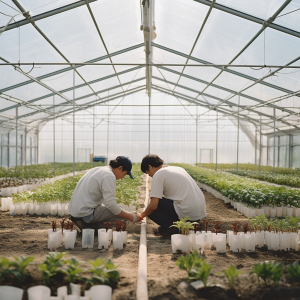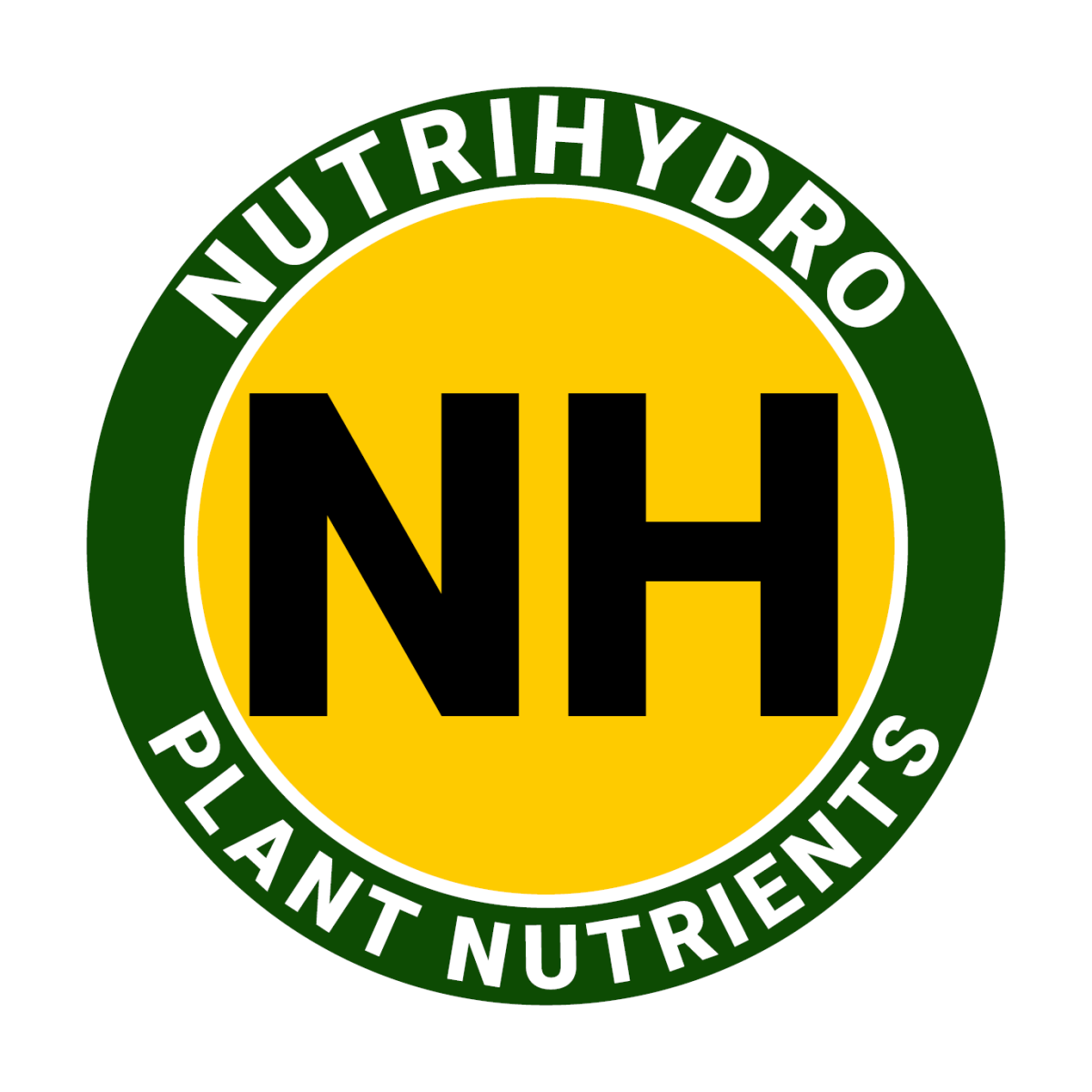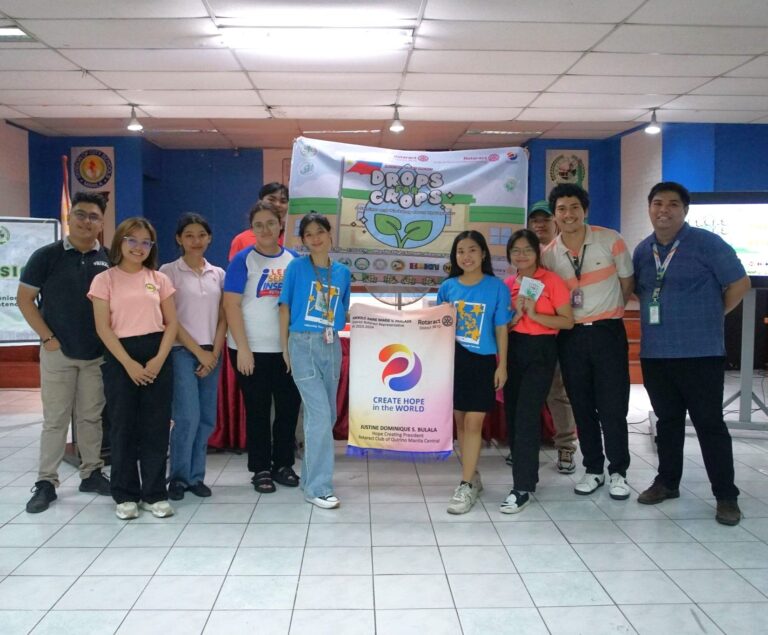The Importance of Sanitizing a Hydroponic System
 The integration of hydroponics into modern agriculture has presented numerous advantages for commercial growers, such as maximized yield, minimized water usage, and year-round growing capability. Despite these, like any farming method, hydroponics can still be susceptible to plant diseases and pests. That’s where sanitization comes into play.
The integration of hydroponics into modern agriculture has presented numerous advantages for commercial growers, such as maximized yield, minimized water usage, and year-round growing capability. Despite these, like any farming method, hydroponics can still be susceptible to plant diseases and pests. That’s where sanitization comes into play.
Sanitizing a hydroponic system is a critical component of successful crop cultivation. It essentially serves as the system’s immune system, providing the necessary defense against harmful pathogens and pests that could compromise plant health and productivity. By eliminating potential contaminants, sanitization ensures that the hydroponic environment remains conducive to healthy plant growth.
Sanitizing Hydroponic Systems: Frequency and Importance
It is generally recommended to conduct a thorough sanitization process between each crop cycle. Once the current crop is harvested and before the new plants are introduced, the system should be sanitized to eliminate any traces of pathogens that could harm the next crop. Additionally, regular check-ups and partial sanitization during the crop cycle may be necessary to nip any emerging problems in the bud.
However, striking a balance is essential. Over-sanitization can disrupt the system’s biological equilibrium, potentially causing stress to the plants and leading to a decrease in productivity.
Sanitizing Processes in Commercial Greenhouses
Commercial greenhouses follow a multi-step sanitization process to ensure the cleanliness and safety of their hydroponic systems.
The first step, cleaning, involves the removal of physical debris, including dead plant matter and any visible contamination. Growers typically use brushes, pressurized water, and sometimes even mild detergents to clean the system’s components thoroughly.
Once the system is cleaned, it is ready for disinfection. Disinfectants such as hydrogen peroxide, bleach, or peracetic acid are commonly used to kill any lingering pathogens. It’s critical to circulate the disinfectant throughout the entire system for effective sanitization. After disinfection, a thorough rinse is necessary to wash away any residual disinfectant that could harm the new crop.
Some growers also include a resting period as part of their sanitization protocol. During this fallow period, the hydroponic system is left idle for a few days to a few weeks. This resting phase provides additional assurance that any remaining pathogens will die off due to the lack of a host.
Pros and Cons of Hydroponic System Sanitization
Sanitizing a hydroponic system brings several benefits. It helps prevent plant diseases, leading to healthier plants, improved yields, and better-quality produce. It can prolong the system’s lifespan, potentially saving costs on repairs or replacements in the long run. Moreover, it helps growers meet food safety and quality standards, thereby building trust with consumers and regulatory bodies.
However, there are a few disadvantages to consider. The sanitization process requires time, labor, and resources. It can mean a pause in production, during which the system isn’t generating revenue. If disinfectants aren’t used correctly, they can also cause harm to the system, plants, or the person conducting the sanitization.
Consequences of Neglecting Sanitization
The repercussions of not sanitizing a hydroponic system can be severe. Pathogens can proliferate and cause widespread plant diseases, drastically reducing crop yield and quality. In severe cases, growers may lose an entire crop. Unsanitized systems can also lead to equipment damage due to clogging and degradation, incurring high repair or replacement costs. Lastly, the failure to maintain sanitary growing conditions could damage the grower’s reputation, particularly if contaminated produce reaches the consumer.
In Conclusion
Sanitizing a hydroponic system is a critical practice that significantly influences the success of commercial greenhouses. Despite its challenges, the cost of neglecting this essential maintenance task can be substantially higher. By understanding and effectively implementing a well-balanced sanitization protocol, growers can ensure the longevity, productivity, and overall health of their hydroponic systems, contributing positively to the future of sustainable agriculture.
Author
Christopher Tuason
Christopher Tuason
NutriHydro is a manufacturer of plant nutrients based in the Philippines. They are known to grow the healthiest, heaviest, and largest lettuce in the country. NutriHydro products are available to purchase from the following e-commerce platforms.
Lazada: bit.ly/3asMYXN
Shopee: bit.ly/3nRJX6Z
Basilyard: bit.ly/346Kklw
NutriHdyro Website: bit.ly/434MoY6






